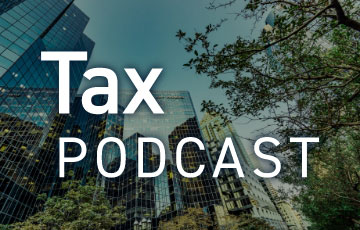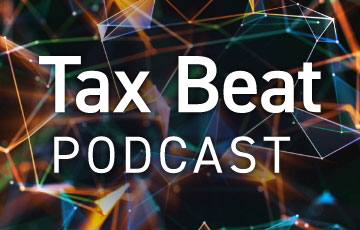When thinking about not-for-profit or tax-exempt organizations, abiding by strict tax rules is probably not top of mind. However, it is important for members of the board of directors and organization leaders to stay informed about tax laws, regulations, and Internal Revenue Service (IRS) reporting guidelines for not-for-profit organizations. Form 990 is the annual information return for most tax-exempt entities. The IRS uses Form 990 to collect information about the annual financial activity and good governance practices of the organization.
Brooks Nelson, Partner and Strategic Tax Leader, and Sarah McGregor, Tax Director, speak with Paula Wendling, Tax Director with the Firm’s Not-For-Profit services team, about important tax rules that board members and leaders of not-for-profit organizations should be aware of before reviewing a Form 990.
Listen to learn more about:
- 02:30 – What board members should think about when looking at Form 990
- 05:10 – Why the IRS asks for information and disclosures about compensation
- 07:21 – Differences between private benefit and private inurement
- 10:15 – Conflicts of interest and transactions with interested parties
- 12:10 – Differences between working with small and large organizations
Related Insights
- 2023 Not-for-Profit Speaker Series: Tax Considerations for Alternative Investments
- Benefits of Cloud-Based Accounting Software for Nonprofit Organizations
- What Board Members of Not-for-Profits Should Know about Taxes
View All Tax Beat Podcasts





